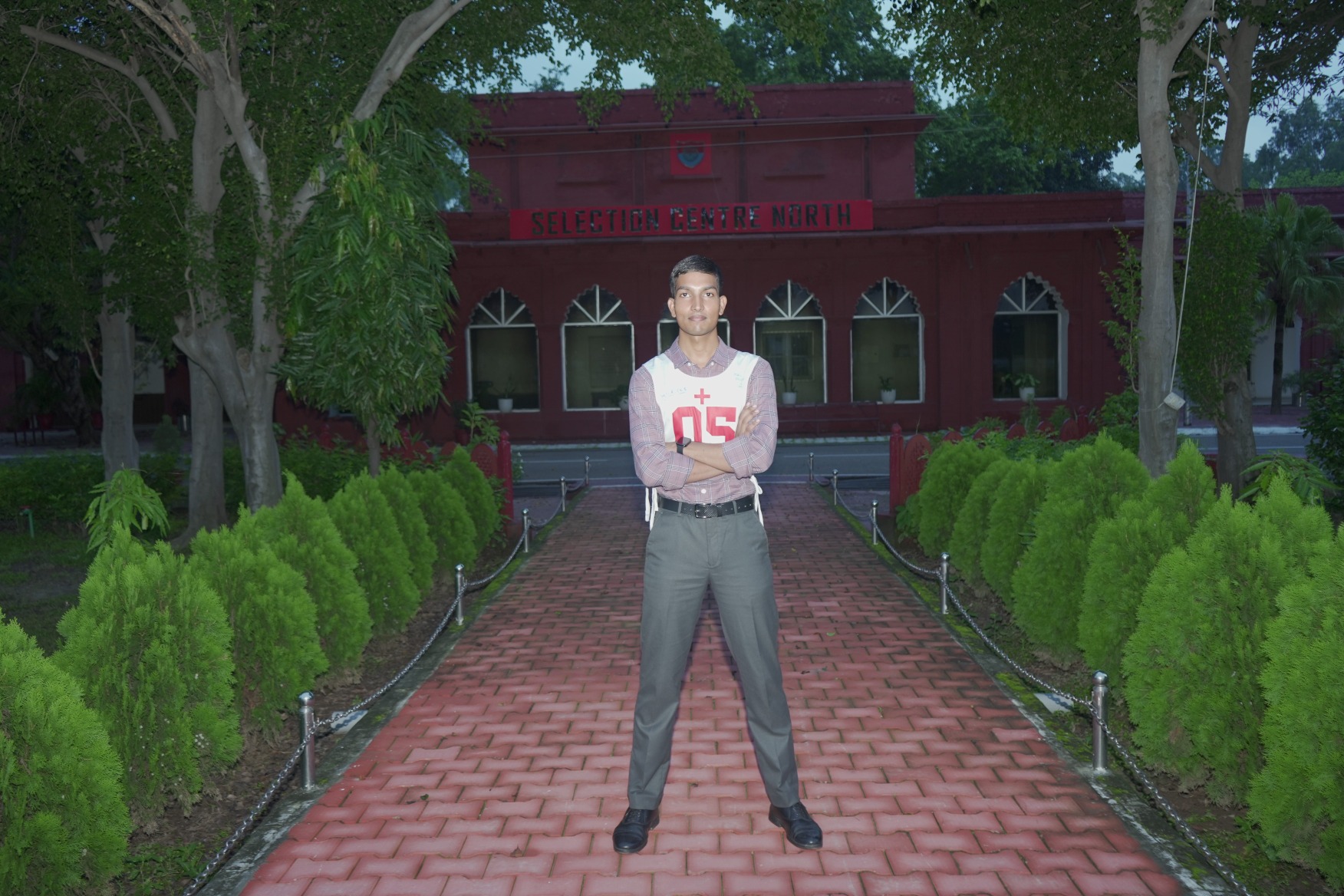Fresh SSB batches start around the 1st & 15th of every month.
What is the Major Factor Hindering India's Development?
a) Women Safety
b) Religious Violence
c) Caste System
"A nation cannot grow when half of its population feels unsafe, communities are divided by hate, and centuries-old social structures still define opportunity."
a) Women Safety
- Women’s safety is central to inclusive development, as it directly impacts education, workforce participation, and social freedom.
- Unsafe environments restrict mobility, employment, and decision-making power of women, particularly in rural areas.
- NITI Aayog and World Bank reports show low female labour force participation (~25%), partly due to safety concerns.
- Countries with high gender equality (like the Nordic nations) see better human development and GDP growth.
✅ Impact:
Lack of women’s safety hinders half of the population from contributing fully to the nation’s growth.
b) Religious Violence
- Periodic communal clashes create an atmosphere of distrust and fear, affecting social harmony, investment climate, and governance.
- Political polarization often exploits religious sentiments, damaging secularism — a pillar of India’s Constitution.
- Frequent violence leads to loss of life, property, and years of developmental delay, especially in sensitive states.
- Religious disharmony diverts attention from real developmental goals like education, jobs, and infrastructure.
✅ Impact:
Religious violence erodes national unity, international reputation, and the rule of law.
c) Caste System
- The caste system perpetuates discrimination in education, employment, and social interaction.
- It leads to inequitable access to resources, especially in rural and semi-urban areas.
- Even today, manual scavenging, untouchability, and reservation-based backlash show how caste restricts equal opportunity.
- India's social capital is fragmented, and caste politics often undermines meritocracy and inclusive policy making.
✅ Impact:
The caste system limits social mobility, talent utilization, and grassroots development.
Conclusion
While all three are major concerns, the caste system stands out as a historical and deeply embedded challenge affecting social equity, policy formation, and grassroots empowerment. However, true progress demands simultaneous efforts across women’s safety, communal harmony, and caste reforms — without which India’s development will remain uneven and fragile.
